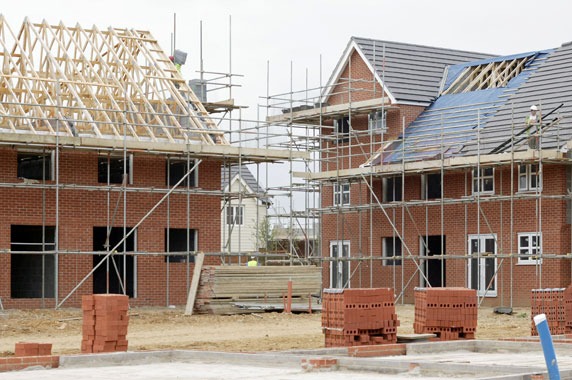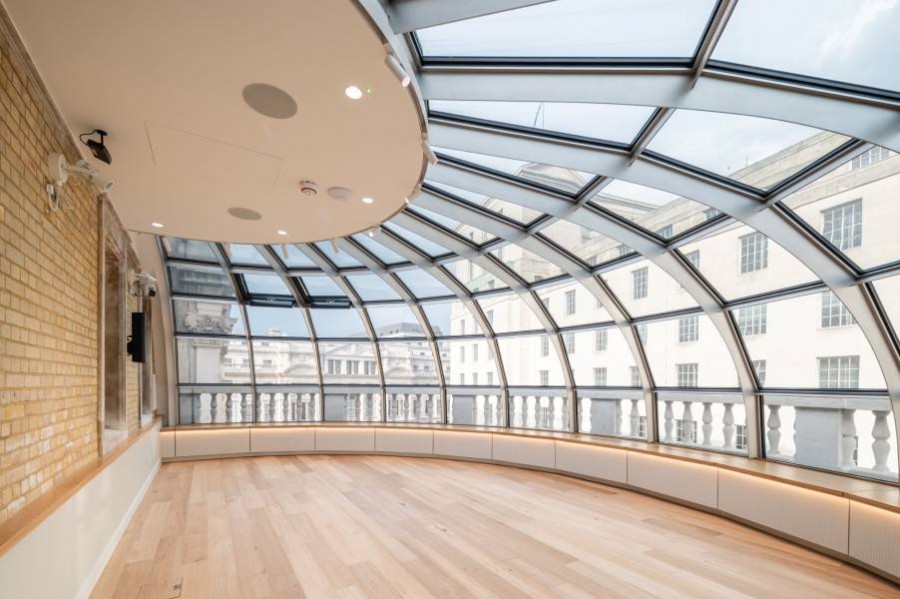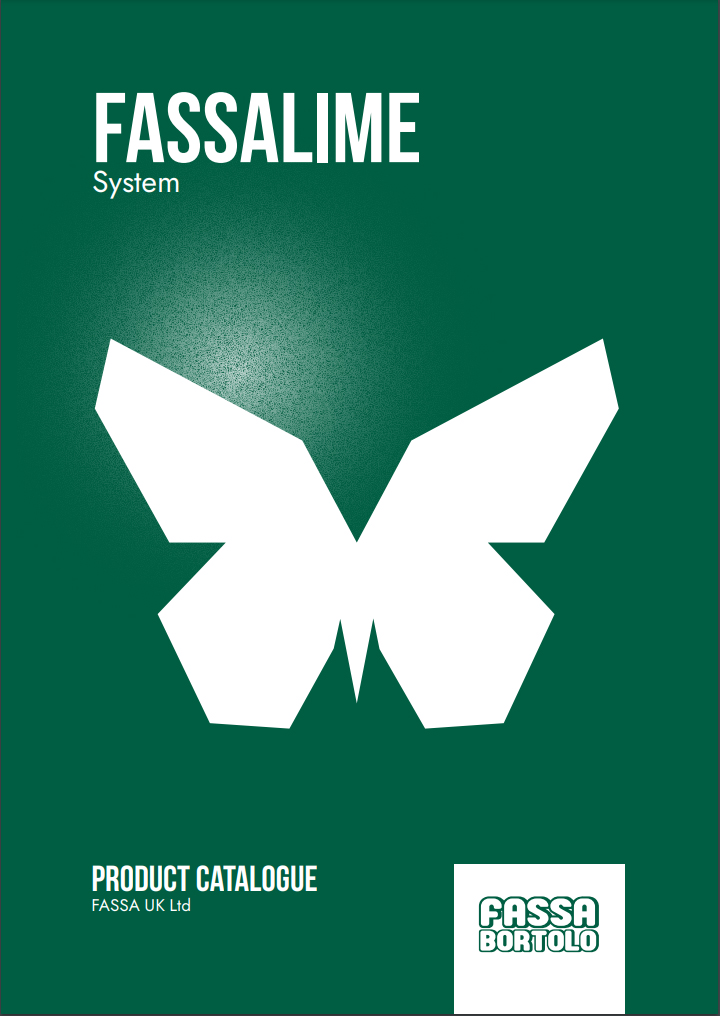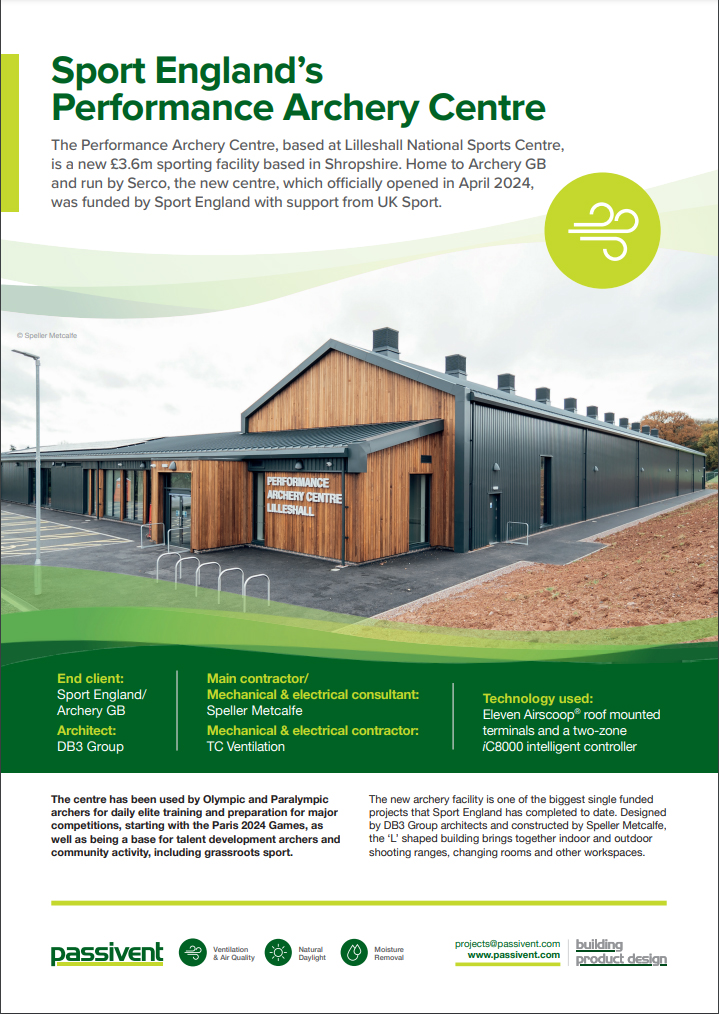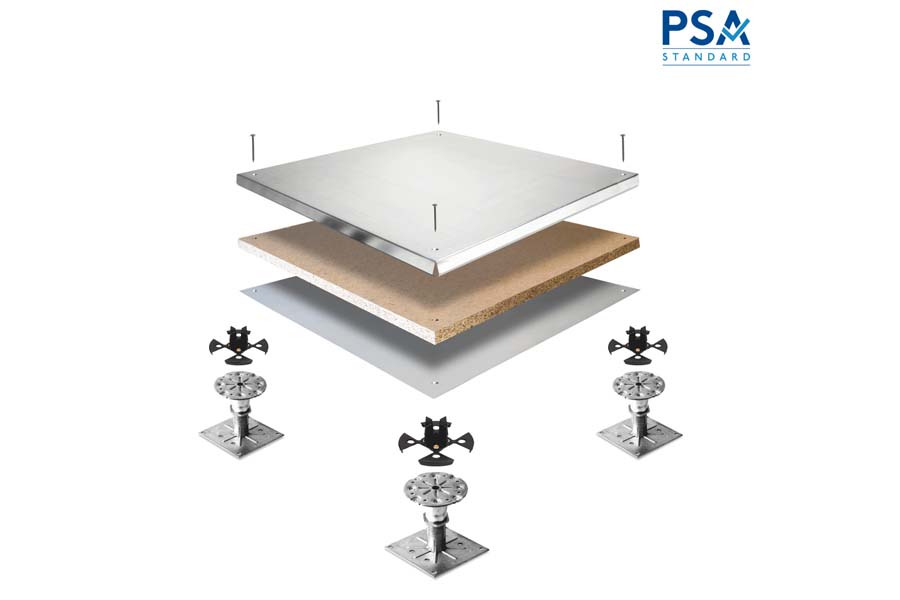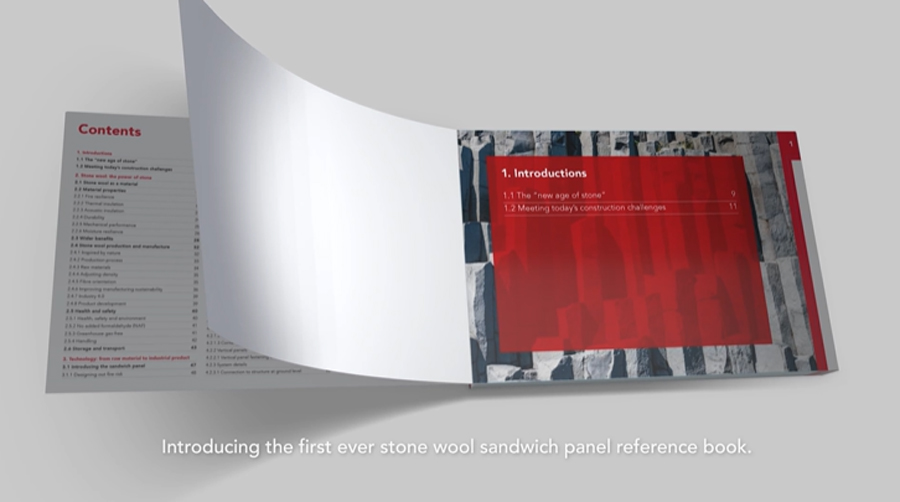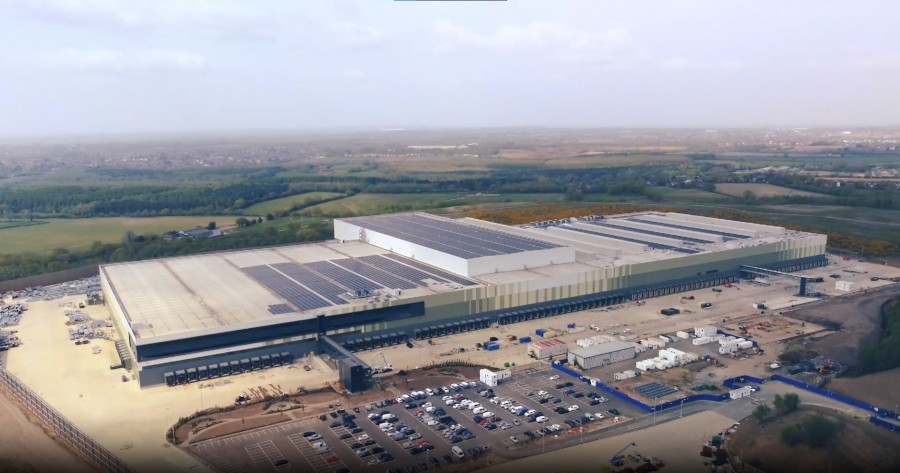The UK manufacturing sector started the final quarter of the year on a weak footing. Output contracted for the fourth successive month, as a steep drop in new work received, weak export demand and supply-chain disruption led to a scaling back of both production and employment.
The seasonally adjusted S&P Global / CIPS UK Manufacturing Purchasing Managers’ Index (PMI) fell to a 29-month low of 46.2 in October, down from 48.4 in September but above the earlier flash estimate of 45.8.
The PMI has remained below the neutral 50.0 mark for three consecutive months. October saw new order intakes decline at the fastest pace since May 2020. The latest contraction was blamed on the weaker domestic market, already high stock levels at clients, subdued client confidence and inflationary pressures.
The impact of lower demand was felt across industry. Although the rate of contraction in production volumes eased to a three-month low in October, the consumer, intermediate and investment goods sectors all saw output decline.

The performance of the intermediate goods sector was especially weak. Sales from overseas clients also fared poorly, with new export business decreasing for the ninth month running in October. There was mention of the weakening global economic situation, softer Chinese demand, war in Ukraine and ongoing issues relating to Brexit stifling export performance. The shortfall in new order intakes led to a solid increase in stocks of finished goods. Inventories rose for the sixth consecutive month, albeit at the slowest pace since June.
The deterioration in new order inflows also hurt employment, purchasing activity and manufacturers' business optimism in October. Job losses were reported for the first time since December 2020, reflecting redundancies, cost control initiatives and difficulties in both recruiting and retaining staff and specific skill sets.
Business optimism dipped to a two-and-a-half year low, as weak demand, recession fears, inflationary pressures and rising uncertainty hit confidence. That said, 43% of the survey panel still forecast that production levels would be higher one year from now, supported by new product launches and possible decreases in both economic and political volatility.
October also saw purchasing activity cut back sharply in response to the manufacturing downturn. Input buying volumes fell for the fourth month running and to the greatest extent in almost two-and-a-half years. Lower levels of purchasing also contributed to a reduction in stocks of raw materials. Inventory holdings fell for the first time in one[1]and-a-half years.
There were also reports of supplier delivery delays, cash flow management and intentional efforts to run down safety stocks. Average vendor lead times lengthened again in October, albeit to a much lesser degree than seen through much of 2020 and 2021. Longer delivery times were blamed on ongoing supply chain constraints, issues at ports, shortages of raw materials and the war in Ukraine. Price inflation remained substantial at the start of quarter four, with both input costs and output charges rising at above survey-average rates. That said, rates of increase in both price measures eased slightly in October.
Companies reported a vast array of items as up in price. These included chemicals, electronics, energy, food, metals, packaging, paper and timber. Transportation and administration costs also rose. There was mention of the war in Ukraine, general inflationary pressures and the sterling exchange rate all contributing to higher prices.
Rob Dobson, Director at S&P Global Market Intelligence, said: “UK manufacturing production suffered a further decline at the start of the fourth quarter, with the sector buffeted by weak demand, high inflation, supply-chain constraints and heightened political and economic uncertainties. New work intakes fell at the quickest pace since May 2020 as demand in domestic and export markets weakened. While the downturn has lessened the pressure on prices, the weak pound and high energy prices mean elevated cost inflation remains a prime concern for manufacturers.
"The darkening situation also knocked business optimism down to a two-and-a-half year low, as concerns about the weak demand outlook, recession, inflationary pressure and sustained uncertainty hit confidence. The labour market picture has also deteriorated, with companies cutting jobs for the first time in almost two years while still struggling to recruit and retain appropriate staff. On current form manufacturing is in no position to help prevent the broader UK economy from sliding into recession."
Dr John Glen, Chief Economist at the Chartered Institute of Procurement & Supply, said: “The slowdown trend in the manufacturing sector which has been developing over the last few months became embedded in October with new order levels falling at the fastest clip since May 2020 and overall output was down for the fourth consecutive month. A faltering global economy, political indecision at home, rising costs and falling manufacturing skills levels combined to drag the sector backwards eliminating some post-pandemic recovery wins.
“These worrying signs included the first contraction in job creation numbers since December 2020. Without more work coming in, the staff capacity building efforts of companies were scaled back as firms also remained concerned about escalating prices for raw materials including food and fuel affecting future success.
“No wonder the UK’s makers were down in the dumps with the lowest optimism for the year ahead for two and a half years as the burden of potential rail strikes affecting freight added to their downbeat assessment. Manufacturing may not be the largest sector of the UK economy, but its importance is clear as supply disruptions continue abroad and more capacity is needed domestically to keep the wheels turning for clients and consumers alike.”







